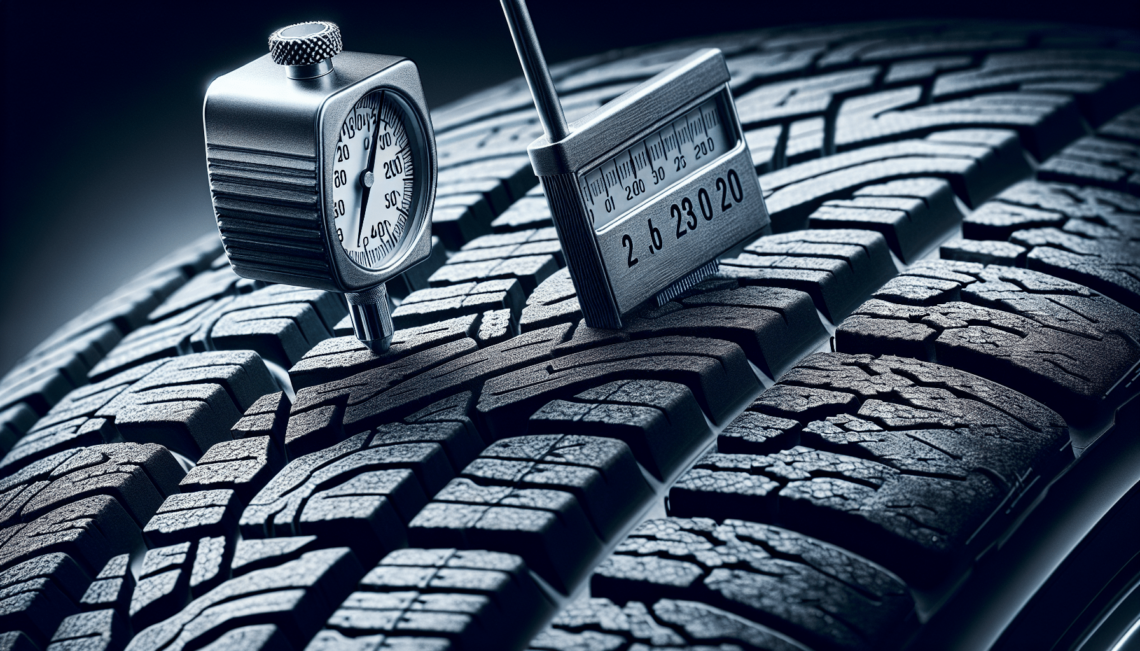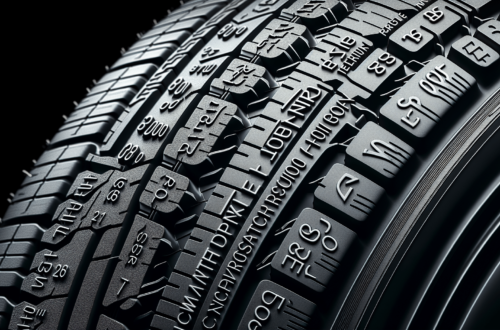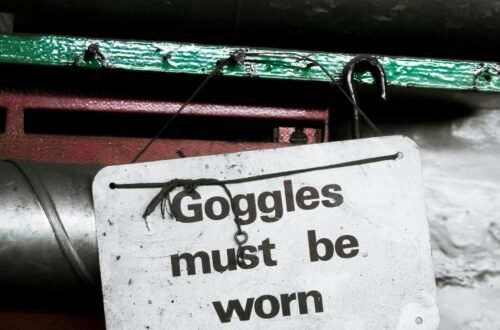Welcome to an informative article on the importance of regular tire inspections for safe driving. Keeping an eye on your tires is essential for maintaining the safety and performance of your vehicle. By regularly inspecting your tires for wear and tear, proper inflation, and alignment, you can ensure a smooth and safe driving experience. Neglecting to check your tires can lead to potential risks on the road, such as blowouts and decreased traction. Make it a priority to schedule routine tire inspections to keep you and your passengers safe on the road. Have you ever stopped to consider how vital your tires are to your safety on the road? Your tires are the only point of contact between your vehicle and the road surface, making them a crucial component of safe driving. In this article, we will explore the importance of regular tire inspections for safe driving and provide you with some key tips to keep your tires in top condition.
Why Regular Tire Inspections Are Essential
Regular tire inspections are an essential part of maintaining your vehicle and ensuring your safety on the road. Your tires play a significant role in your vehicle’s overall performance, handling, and braking ability. By checking your tires regularly, you can identify potential issues early on and prevent accidents or breakdowns.
Safety First
Safety should always be your top priority when it comes to driving. Regular tire inspections help ensure that your tires are in good condition, reducing the risk of blowouts, flat tires, or other tire-related issues while you are on the road.
Improved Performance
Well-maintained tires can also improve your vehicle’s performance. Properly inflated tires with adequate tread depth can enhance your vehicle’s handling, traction, and fuel efficiency. Regular tire inspections can help you detect and address any issues that may be affecting your tires’ performance.
Cost-Effective
Regular tire inspections can help you save money in the long run. By catching tire issues early, you can prevent more significant problems that may require costly repairs or replacements. Properly maintained tires can also help you save on fuel costs by improving your vehicle’s fuel efficiency.
When to Inspect Your Tires
Knowing when to inspect your tires is just as important as knowing how. It is recommended to check your tires regularly and before long trips to ensure they are in good condition. Here are some key times when you should inspect your tires:
Monthly
Performing a monthly tire inspection is a good habit to develop. Look for signs of wear, punctures, bulges, or cracks on your tires. Check the tire pressure and tread depth to ensure they are within the manufacturer’s recommended guidelines.
Before Long Trips
Before embarking on a long trip, make sure to inspect your tires thoroughly. Check the tire pressure, tread depth, and overall condition to ensure your tires are ready for the journey ahead. It is also a good idea to carry a spare tire and tire-changing tools in case of an emergency.
After Hitting Potholes or Road Debris
If you hit a pothole or run over road debris, inspect your tires for any signs of damage. Potholes and road debris can cause punctures, cuts, or bulges on your tires that may affect their performance. It is essential to address any issues promptly to prevent further damage.
How to Inspect Your Tires
Inspecting your tires is a straightforward process that you can do yourself or have a professional do for you. Here are some essential steps to follow when inspecting your tires:
Check Tire Pressure
Proper tire pressure is crucial for maintaining your tires’ performance and safety. Use a tire pressure gauge to check the air pressure in each tire, including the spare. Refer to your vehicle’s owner’s manual or the placard inside the driver’s door for the recommended tire pressure.
Inspect Tread Depth
Tire tread depth is essential for providing adequate traction and handling on the road. Use a tread depth gauge or the penny test to measure the depth of the tire tread. If the tread depth is below the manufacturer’s recommended level, it may be time to replace your tires.
Look for Signs of Wear
Inspect your tires for signs of wear, such as uneven tread wear patterns, bulges, cuts, or cracks. Uneven wear can indicate improper tire inflation, misalignment, or suspension issues. Addressing these issues promptly can help prolong the life of your tires and prevent accidents.
Check for Punctures or Foreign Objects
Inspect your tires for any punctures, nails, screws, or other foreign objects that may be embedded in the tire. Even small punctures can lead to air leaks and flat tires. If you find any foreign objects, have a professional repair the tire or replace it if necessary.
Inspect the Sidewalls
Check the sidewalls of your tires for bulges, cracks, or cuts. These can weaken the tire structure and increase the risk of a blowout. If you notice any damage to the sidewalls, have your tires inspected by a professional to determine if they need to be replaced.
How to Maintain Your Tires
Proper tire maintenance is essential for prolonging the life of your tires and ensuring your safety on the road. By following these maintenance tips, you can keep your tires in top condition:
Rotate Your Tires Regularly
Rotating your tires regularly helps ensure even wear and prolongs their lifespan. It is recommended to rotate your tires every 5,000 to 8,000 miles, or as recommended by your vehicle’s manufacturer. This can help prevent uneven wear patterns and extend the life of your tires.
Keep Your Tires Balanced
Balancing your tires helps distribute weight evenly across all four tires, preventing vibrations and uneven wear. Have your tires balanced whenever you get new tires installed or if you notice vibrations or steering wheel wobbling. Properly balanced tires can improve your vehicle’s handling and ride comfort.
Maintain Proper Alignment
Proper wheel alignment is crucial for maintaining your tires’ performance and handling. Misaligned wheels can cause uneven tire wear, poor handling, and increased fuel consumption. Have your alignment checked regularly, especially after hitting potholes or curbs, to ensure your tires are aligned correctly.
Avoid Overloading Your Vehicle
Overloading your vehicle can put extra stress on your tires, causing them to wear out faster. Check your vehicle’s load capacity and avoid exceeding the recommended weight limit. Overloading can affect your tires’ performance, handling, and braking ability, increasing the risk of accidents.
Store Your Tires Properly
If you have spare tires or seasonal tires, store them properly to maintain their condition. Store tires in a cool, dry place away from sunlight and sources of heat. Keep tires upright and stacked neatly to prevent damage. Inspect stored tires periodically for signs of damage or wear.
When to Replace Your Tires
Knowing when to replace your tires is essential for ensuring your safety on the road. Worn-out or damaged tires can affect your vehicle’s performance and increase the risk of accidents. Here are some signs that indicate it may be time to replace your tires:
Low Tread Depth
The minimum tread depth for tires is 2/32 of an inch. If the tread depth is worn down to this level, it is time to replace your tires. Inadequate tread depth can reduce traction, handling, and braking performance, especially in wet or slippery conditions.
Uneven Wear Patterns
Uneven wear patterns on your tires can indicate alignment, suspension, or inflation issues. If you notice significant wear differences between the inside and outside of the tires, it may be time to replace them. Uneven wear can affect your vehicle’s handling and safety.
Cracks, Bulges, or Cuts
Visible damage such as cracks, bulges, or cuts on your tires can compromise their structural integrity. If you notice any of these signs, it is essential to have your tires inspected by a professional. Driving on damaged tires can increase the risk of blowouts or flat tires.
Age of the Tires
Tires have a limited lifespan, even if they have adequate tread depth. The age of the tire can affect its performance and safety. Tires older than six years should be inspected regularly and replaced if necessary, even if they appear to be in good condition.
Warning Lights or Alerts
Modern vehicles are equipped with tire pressure monitoring systems (TPMS) that alert you when tire pressure is low. If you receive a TPMS alert or warning light, check your tires immediately. Low tire pressure can affect your vehicle’s handling and safety, indicating a possible leak or puncture.
Conclusion
Regular tire inspections are essential for maintaining your vehicle and ensuring your safety on the road. By following the tips outlined in this article, you can keep your tires in top condition and prevent accidents or breakdowns. Remember to inspect your tires regularly, maintain proper tire pressure, tread depth, and alignment, and replace your tires when necessary. Safe driving starts with safe tires – make sure yours are in good condition before hitting the road.





